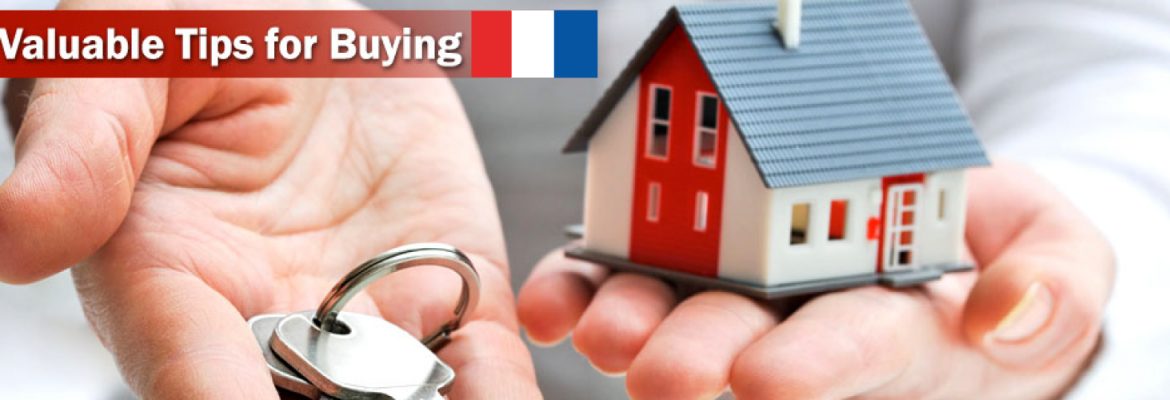Do you know how to value a house? A potential buyer may only notice whether or not there are granite countertops, an open floor plan or a well-groomed lawn when deciding whether to buy and what to pay for a home.
To get top value, it helps to know what could hurt your home’s value, whether you’re looking to sell now or later. Some factors are out of your control, while others have simple solutions.
Keep in mind, though, that every market, neighborhood and home is different, so the actual impact on each home’s value can vary considerably.
1. Location
What are the three most important factors in determining a home’s value? You guessed it: location, location and location.
If you build (an expensive) home in a location where it will be unique for the area, there is a good chance that the value will be much less than if you build that same home in an area where it is more typical.
Although you may have bought a piece of land and likely considered location when you bought, something may have changed since then: rezoning, an increase in crime or a nearby growing slum.
Unless you plan to uproot your plot and move it elsewhere, there’s not much you can do about your home’s location. So what can you do? Well, that depends on what about your location is bringing down the value. If you have a view of the city slum, for instance, you can plant some privacy hedges to make it less of an issue. Play up your home’s strengths; make sure every interior and exterior detail is perfect.
2. Floor Plan
Appraisers classify that as a functional problem and determine value based on the market. A bad floor plan can reduce an appraised value by much compared with similarly sized homes. A good floor plan should complement the structure. Pay particular attention to roof lines, trim details and window sizes and styles.
3. Quality counts
Potential homebuyers have more sophisticated tastes than ever. That’s why spending a little extra on good design, quality materials and careful craftsmanship can garner big rewards when it comes time to sell.
4. Meet expectations
What buyers want varies from area to area and from one price range to the next. Do some comparison shopping to see what your competition will be like should you decide to sell. And talk to a real-estate agent who knows your neighborhood.
5. Major systems and structures
A buyer wants to be able to walk in and say, ‘I could move right in’ major system and structure issues kill potential deals in high-end neighborhoods. Have an inspection done and fix the major things.
A roof that needs to be replaced could knock 15% off the value, a plumbing of the showers and water pipes could plant doubts of the anticipated sale price, and an electrical-system problem could knock off more on the value of your home.
6. Swimming pool
Depending on your market, a swimming pool or other water feature may boost or lower your home’s value — and its appeal.
If you live in a hot climate where many homes have a pool, it’s definitely an expected feature that will add value.
In regions where pools aren’t common, though, buyers may not want the hassle of maintaining a pool they didn’t want in the first place. Those buyers may not consider buying your home, particularly if they have young children and are concerned about safety.
7. Garage
A garage definitely adds value to a home, and the key is to have the right-size garage for the home and the neighborhood.
If I have a one-car garage in a 1,200-square-foot home in a starter neighborhood, there’s a big premium for that, If you have a one-car garage in a fifty-million-shilling home, that’s a functional problem.
8. Clotheslines
Modern homeowners don’t like people’s underwear in public. It’s just unsightly. Placing clotheslines hidden from public view gives the home a neat look
These are but just a few tips to consider before spending hard earned money to develop your home or houses for sale, remember you don’t want someone learning on your project.
(106)
239081

